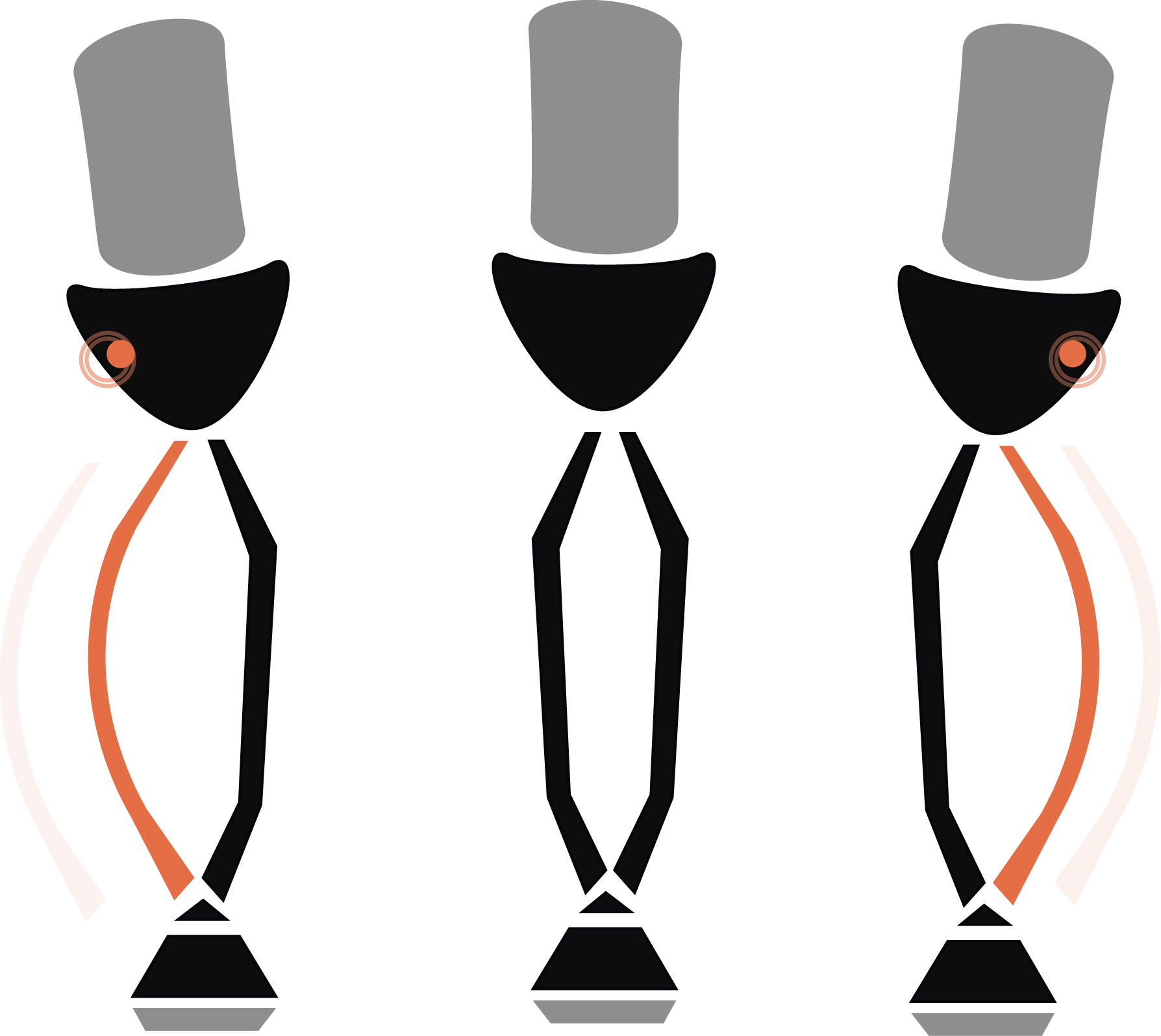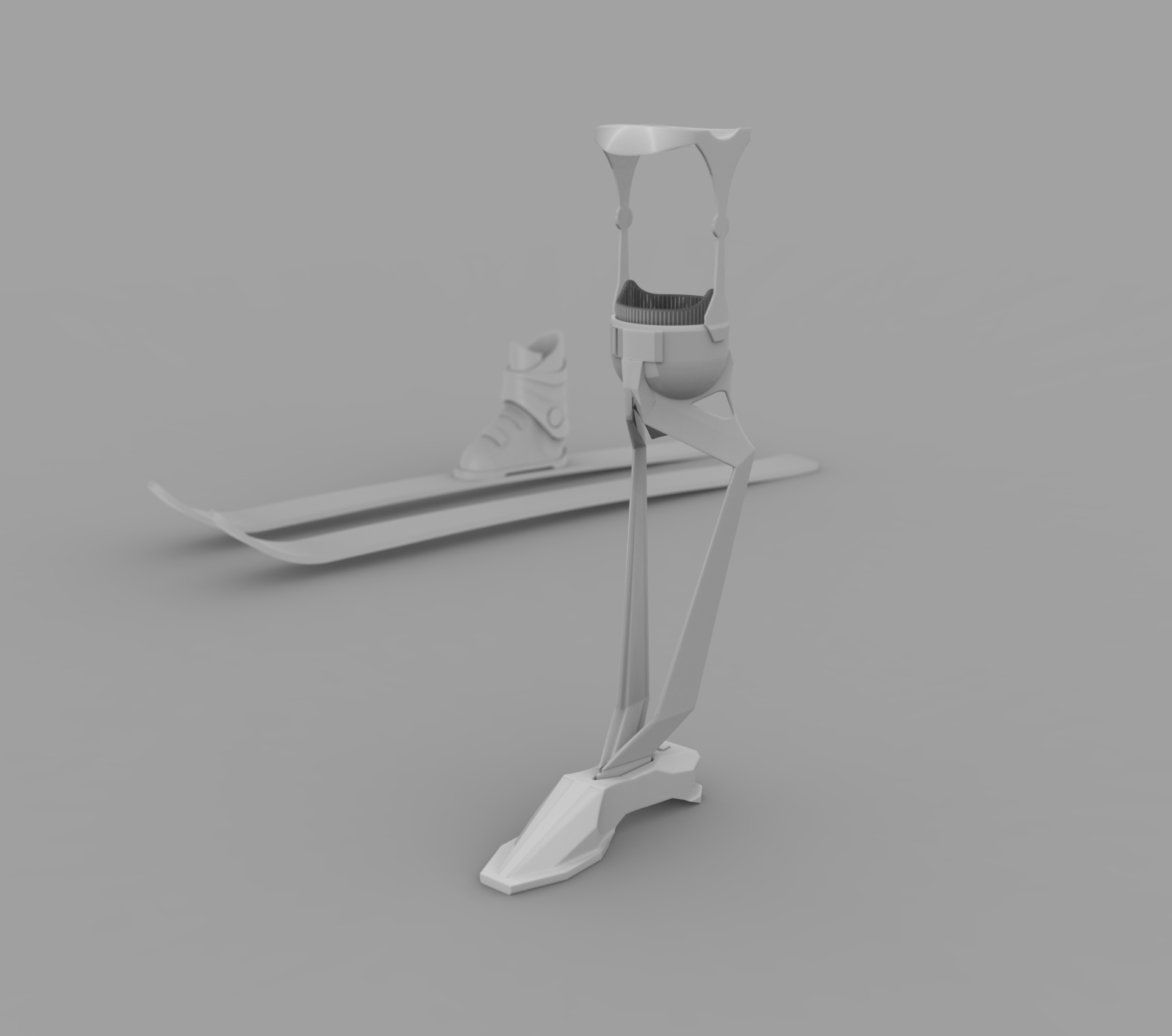In amputee skiing there exist many different rigs to componsate for a missing limb. The different rigs depend on the placement of amputation as well as nerve damage/control.
Understanding the problem

“I was scared early on, I was scared of the instability of my boot, I was scared of falling again, I was scared of crossing my skiis. I purposefully used smaller skiis when I first came back.”
-Kyle Reider, above the knee amputee
-Kyle Reider, above the knee amputee

Reini Andrew from ski2freedom, a foundation focusing on therapy and activity to the amputee community has seen every possible “rig”. Reini acted as an advisor on this project.
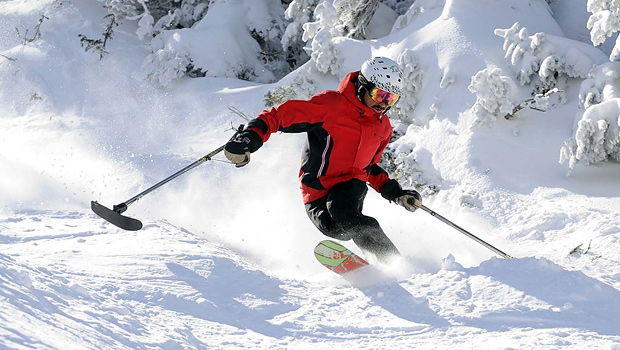
Vasu Sojitra is a unilateral above the knee skiier. He skiis with outriggers becasue of the issues with skiing with a full traditional prosthetic. Including a fear of falling. Citing, “I can not feel where it is”.
The physical problem has been emphesized without seeking to address the mental issues associated with life after an amputation. Mainly fear, hesitation, anxiety.
What can be done?
Much of the fear and anxiety of skiing with a prosthetic comes from the loss of a phenomena called propreoception - The ability to understand your limbs in space and in relationship to your body.
Illustrated here, when blindfolded a person has no problem waiving their arms about - without hitting themselves. Introducing a rod (prosthetic) now complicates the process.
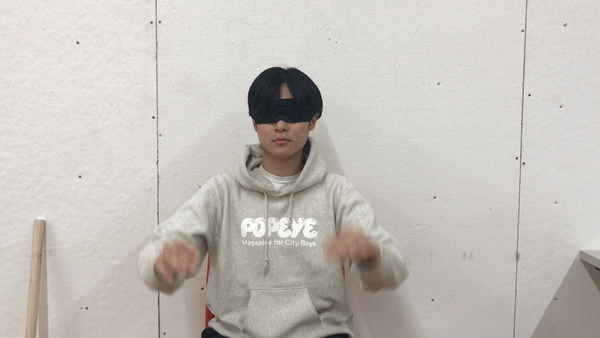
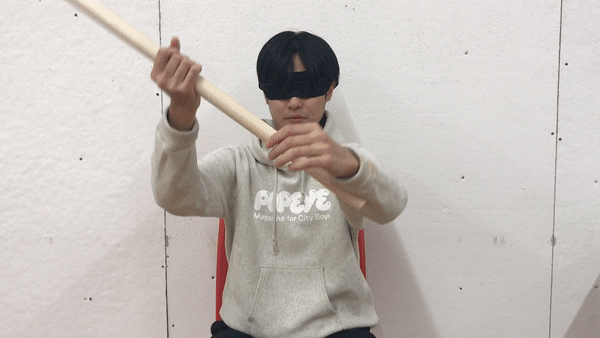
The problem is there is no relationship between user and prosthetic, this project bridges that gap by introducing tiny vibration motors into the socket of the prosthetic to facilitate a “cause and effect” of movement and feeling. (haptic feedback)
Work was done in collaboration with Mel Keletova to understand where and at what intensity the vibrations were comfortable and, more so, meaningful.


The prosthetic works as a simple cause and effect system. A flex sensor measures how much the prosthetic is bending in one direction and a proportional vibration is felt by the user in the socket.
